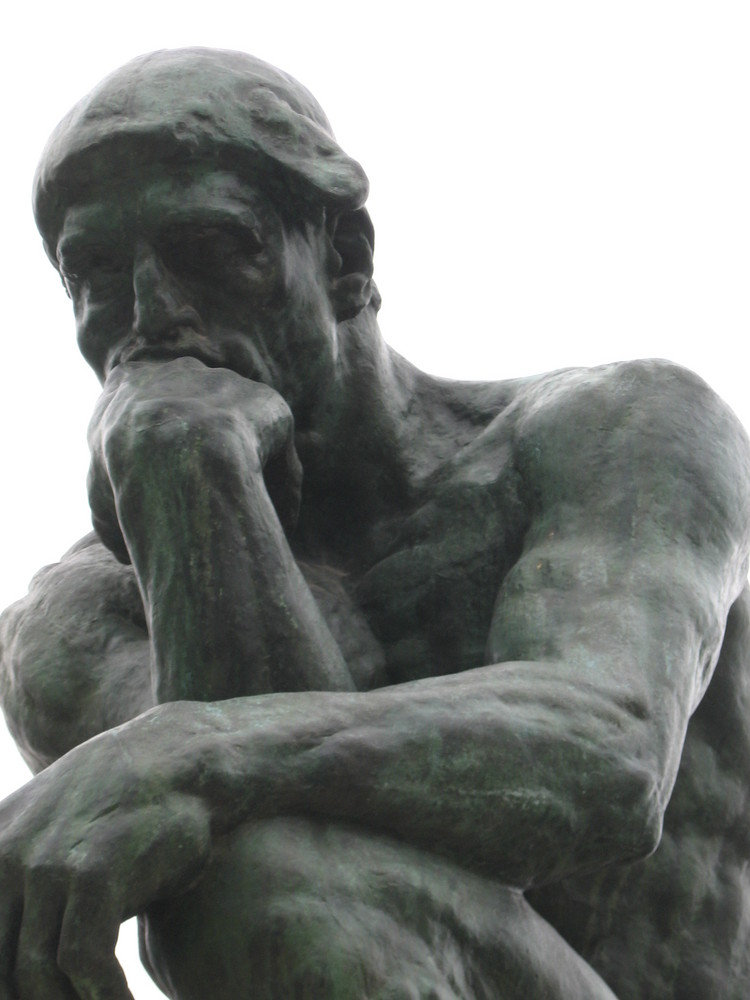Physics without mathematics?
Let’s understand “physics” here in a broad sense, as our human endeavor to understand the world around us. Physics observes regularities in various natural phenomena, such as the revolution of the planets around the Sun, and tries to infer laws from the observation of these regularities. These laws of Nature are valuable because they put some order in our percepts of the world around us, and allow us to predict some future events, which is essential to our survival. For example, the law of gravitation predicts the trajectory of a cannon ball with infallible precision. We can say that the most successful and productive understanding of Nature we have to date is the one provided by physics. Its explanatory and predictive power is unrivaled. It makes possible the vast array of technologies we enjoy everyday. When we look more closely, we see that physics relies very heavily on mathematics, to the point where physics and mathematics are sometimes hard to separate. What is the nature of this relationship? Is this relationship necessary? As a thought experiment, let’s imagine a world where physicists know nothing of mathematics. Is such a world possible? What happens in that world?
In that world, physicists do not count anything, and have no mathematical concept. They do observe Nature and its regularities. From these observations, they build concrete, analogic machines that serve as models of the various phenomena they observe. For example, they represent their solar system using a scale model with little balls revolving around a bigger ball representing their Sun, moved by gears and cranks. They adjusted that machine over a long time, so that it now perfectly replicates the motions of their planets. They can do all this without the aid of any number, by relying instead on a process of adjustment that would progressively minimize the errors made the machine. With this machine, in “fast forward” mode, they predict the next eclipse, solstices, equinoxes and any other event in their solar system. Similarly, they use gears, pulleys, levers but also gases, liquids, magnets, heat or electricity to build machines that correspond to and make predictions about, any natural phenomenon. On this account, models in physics are more or less isomorphic analogs of actual physical phenomena, representations that mimic the original. Technological artifacts, such as motors, planes, televisions, and even computers seem all attainable through this trial and error building process.
It seems that there is no real blocker to that approach of constant adjustments to artificial machines, and mathematics is not fundamentally required, although it seems hard to avoid counting the days when making astronomical predictions, for example, or to avoid relying on proportions when trying to predict from a scale model. The physicists in that world “without mathematics” would thus still probably count the number of revolutions of their miniature solar system model, to be able to make statements such as “the equinox will occur in 123 days”. Numbers seem to rear their head very quickly, for practical purposes of prediction if nothing else. But the method of fitting analogic models via trial and error itself does not seem to require numbers or mathematics, nor to run into any limitation – in the limit, the machine could simply be the natural phenomenon itself, if we can trigger and control it. Of course being able to leverage mathematics allows the physicists to be more efficient, but it doesn’t seem to be logically necessary – the argument here is that we can clearly see how mathematics makes physics more efficient, but it is less clear that mathematics would be a prerequisite to make physics possible.
However, our physicists in that imaginary world without mathematics have so far succeeded only in building isolated models of particular phenomena. They have not yet tied the fall of the apple, the motions of the planets and the trajectories of cannonballs and the tides together as manifestations of the universal force of gravitation, which can be condensed in a single law. They are missing a generalization step in their understanding of Nature. For that step, they need to imagine a commonality between disparate phenomena, not just observe regularities in a given natural phenomenon in isolation. It is not an obvious, nor necessary step, and it requires a mechanism for abstracting out and across phenomena, whereas the models we were talking about so far addressed only one phenomenon at a time. It doesn’t seem likely that a machine could be built that would model tides, planetary motions, the fall of apples and the trajectory of cannon balls all in one device – the targets of the model seem too diverse. To abstract out the details, and see one force at work behind many diverse phenomena, we need abstract symbols that we can map to different aspects of the tides, planetary motions, the fall of apples and cannonball trajectories, and then relationships between these symbols. We need to talk about phenomena in a necessarily abstract language that brings to the fore the commonality between all these things, and that is precisely what mathematics can do. Mathematics is the ideal candidate as a tool to express universal laws then: beyond the need for quantization in scaling and prediction, mathematics seems to be required to talk about the commonalities that lie beyond the diversity of phenomena.
In the end, it seems that the physicists in the world without mathematics could still do a great deal of physics with their analog machines, and although not efficient, this approach does not seem to be fundamentally limited. But these physicists would probably find it difficult to formulate concepts that would tie together disparate phenomena. It seems this would be a real deficiency in their understanding of Nature. They would completely miss unifications that we can make only by using abstractions.
